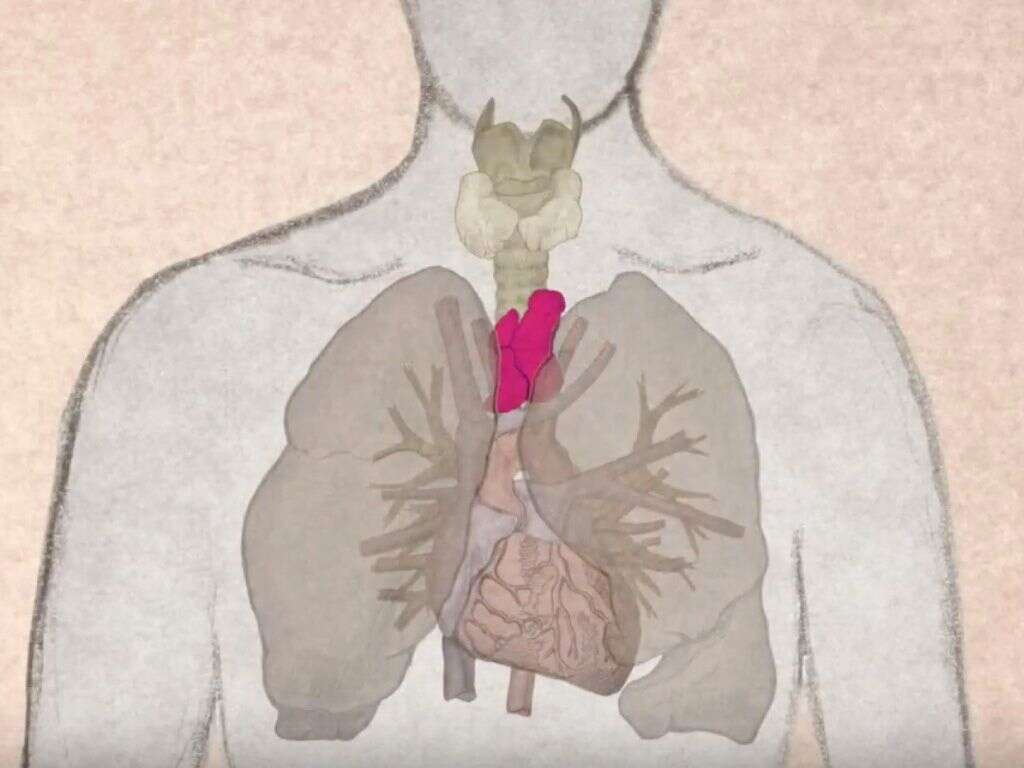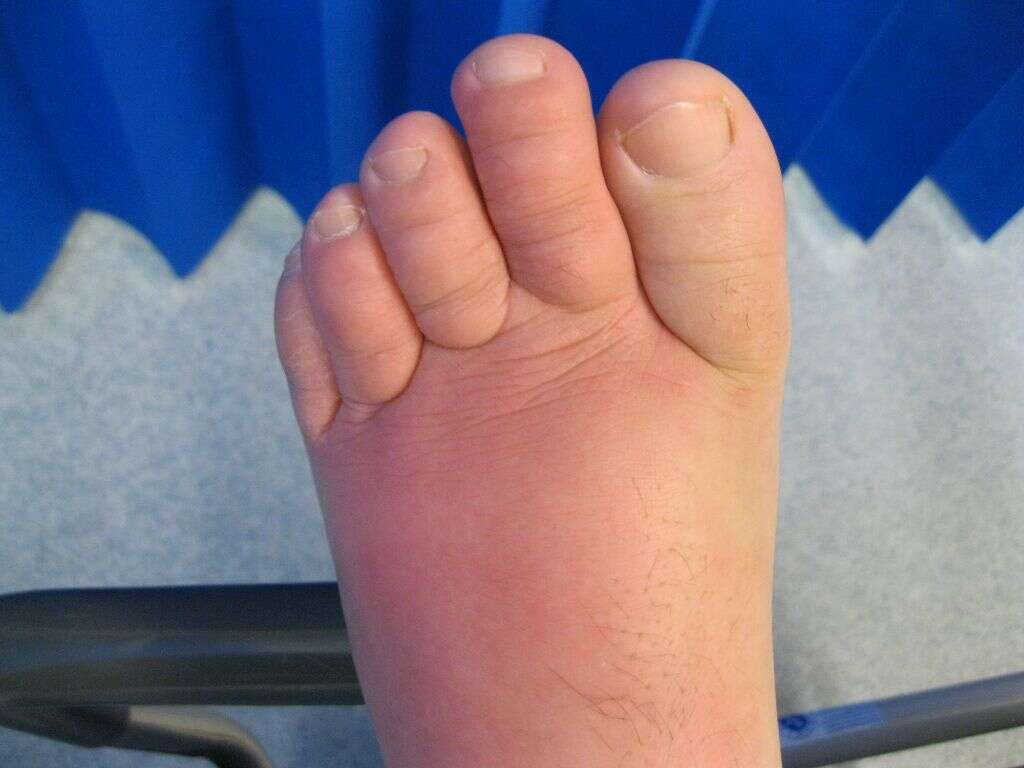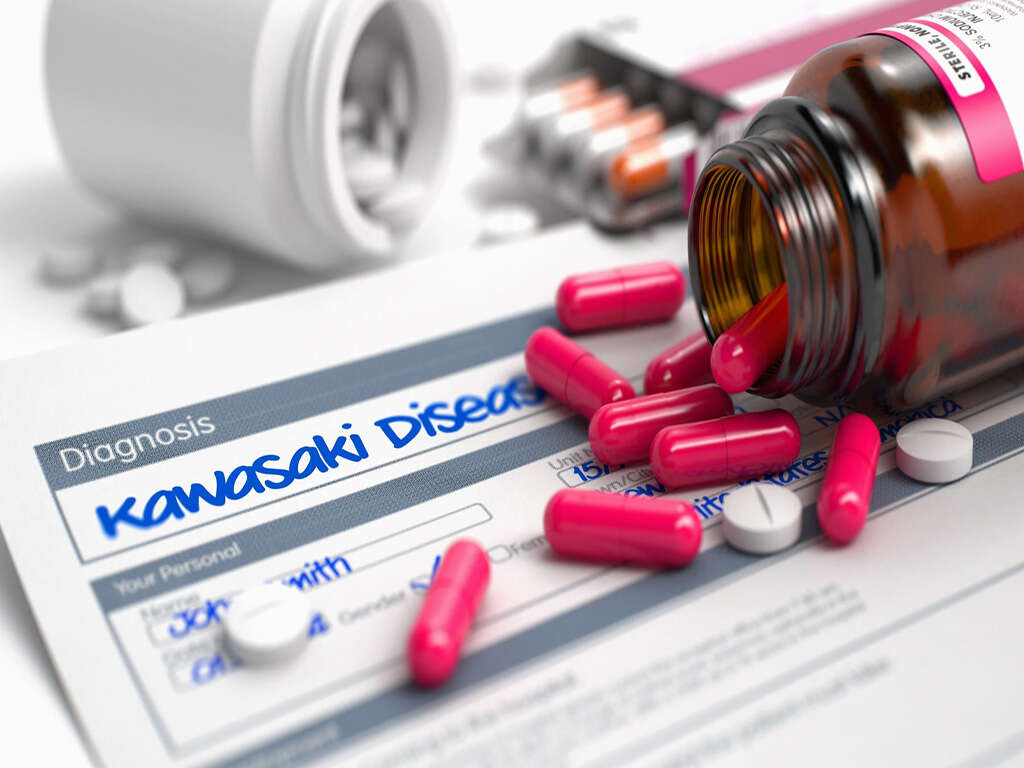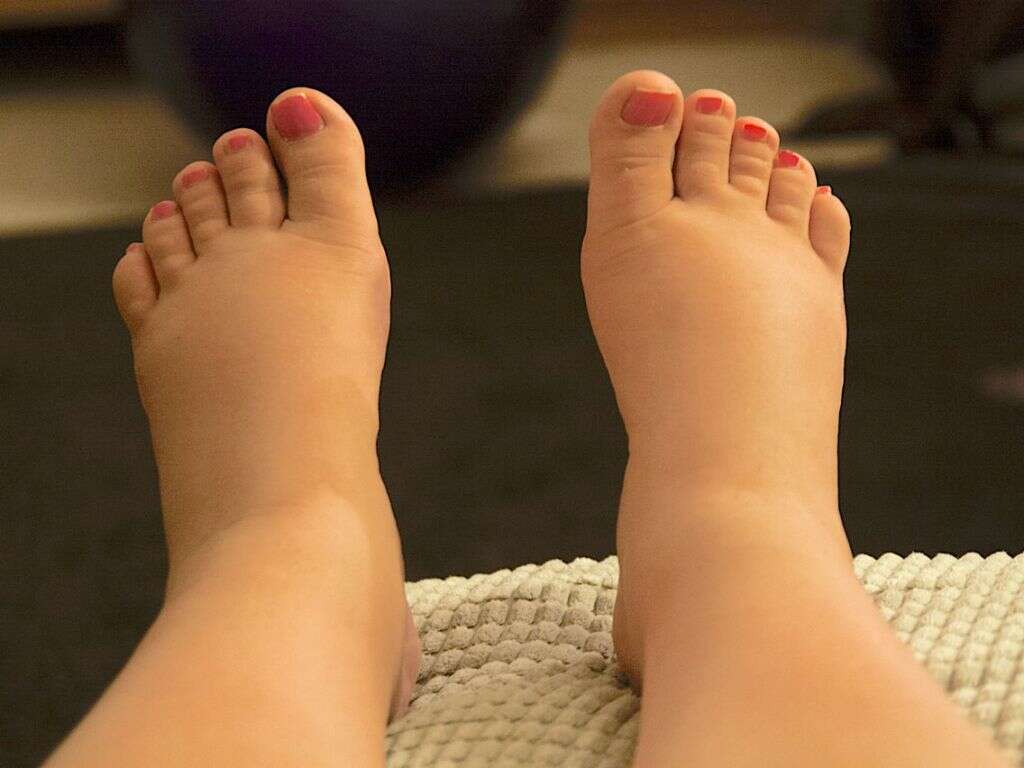What Is Kawasaki Disease?
Our blood vessels are essential passageways that help ensure our whole bodies are supplied with fresh blood. This blood carries the nutrients and oxygen that we need, so it is imperative that it is able to flow freely to where it is needed. Should, for any reason, our blood vessels develop problems then we could be in big trouble.
Kawasaki disease is a type of vasculitis. This means that blood vessels in the body have become inflamed, and this has the potential to cause serious, permanent damage to our blood vessels. The disease will also cause a number of other unwelcome symptoms for the patient.
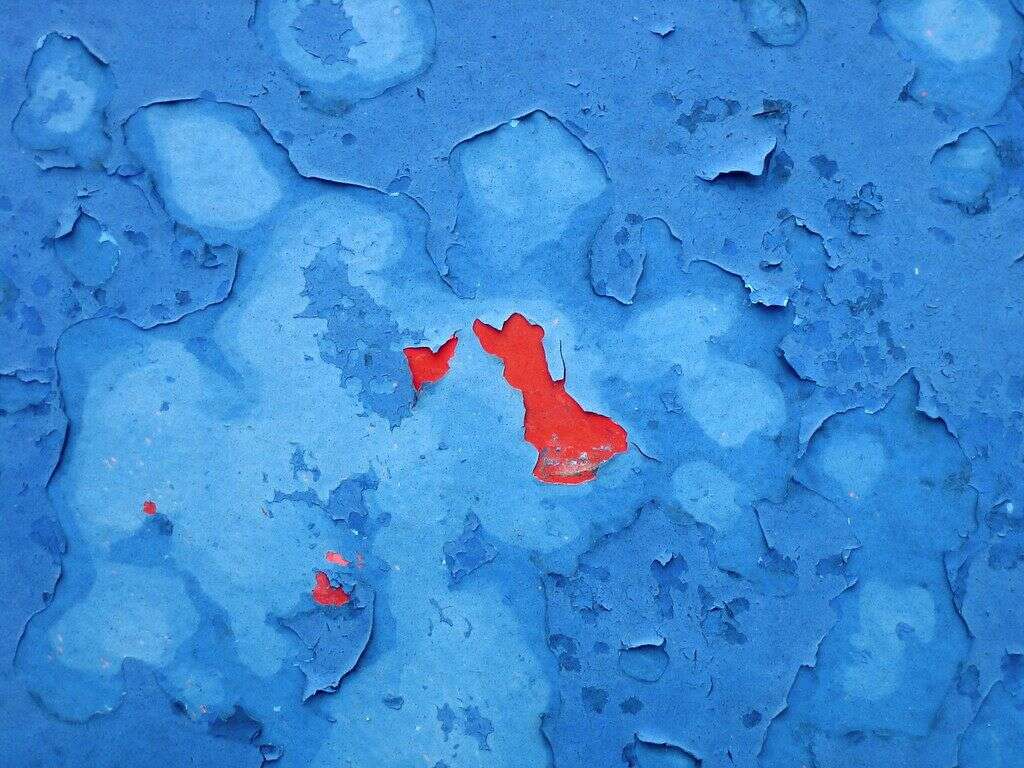
1. Kawasaki Disease
Kawasaki disease is also sometimes known as mucocutaneous lymph node syndrome. It gets the latter name from the fact that it tends to cause the patient’s lymph nodes to become swollen. The vast majority of people with the disease will be children under the age of 10 years old.
In addition to swollen lymph nodes, the disease will also cause the walls of the medium sized arteries to become swollen. Some of the symptoms of the condition can be very alarming, but thankfully the condition is treatable. The majority of patients with the condition will end up making a complete recovery.

2. Causes
The causes of Kawasaki disease are not well known. However, there are some factors that are thought to be potential causes of the condition. One of these is genetic, and your child may be more prone to the disease if they have certain genes. We do know that children of certain ethnic groups are statistically more prone, and environmental factors may also be a cause.
Other potential causes include infections by viruses and/or bacteria. Despite these theories existing, experts have yet been able to acquire sufficient evidence to be confident in them. One thing that we are confident about, however, is that the disease is probably not contagious. Research into the disease is ongoing to help us learn more about the disease.

3. 1st Phase
The symptoms of Kawasaki disease comes in 3 phases. In the first phase, which is known as the acute stage, the patient is likely to develop swollen lymph nodes, and this is most likely to be in the neck. The patient can also become irritable, and they are also likely to develop a fever. The patient’s eyes can also turn very red.
The skin on the soles of the feet and palms of their hands can become red and swollen. The patient can also develop a rash on their body, including on their genitals. Their tongue can become very swollen and red, and their lips can become dry, red, and cracked.

4. 2nd Phase
The symptoms in the second phase, or the subacute stage, of Kawasaki disease can become somewhat more alarming as the patient’s skin will begin to peel away from their body. This will mostly happen on the extremities, and the skin will often peel away from the body in large, single sheets.
Other symptoms in the 2nd phase include abdominal pain and diarrhea. The patient may also experience aches and pains in their joints, and the condition may also cause them to vomit. Diarrhea and vomiting can cause the patient to lose a lot of fluids so they should also be monitored for signs of dehydration.

5. 3rd Phase
The 3rd phase of Kawasaki disease is also known as the convalescent phase. In this phase, the patient’s symptoms will begin to gradually fade away. However, it can be two months before the patient’s energy levels have returned. It can also take this long before the patient’s blood tests have returned to normal.
A small number of patients with Kawasaki disease will have persistent heart problems and/or arthritis. The rate of recurrence is low, and mortality rates are up to around .02%. While the condition is treatable, however, it is recommended to get treatment as soon as possible to increase the chances of the patient making a full recovery.

6. Complications
Although Kawasaki disease is not usually dangerous, it will cause potentially severe complications in a small percentage of cases. These include problems like heart valve conditions and inflammation of the heart’s muscles. The coronary arteries, and some other blood vessels, can also become inflamed.
The inflammation of the blood vessels can cause their walls to become weaker than they otherwise would be. This, in turn, means the walls are more likely to bulge outwards under the pressure of the blood flowing through the vessel. This is a condition known as an aneurysm, and it will be extremely dangerous if it ruptures.
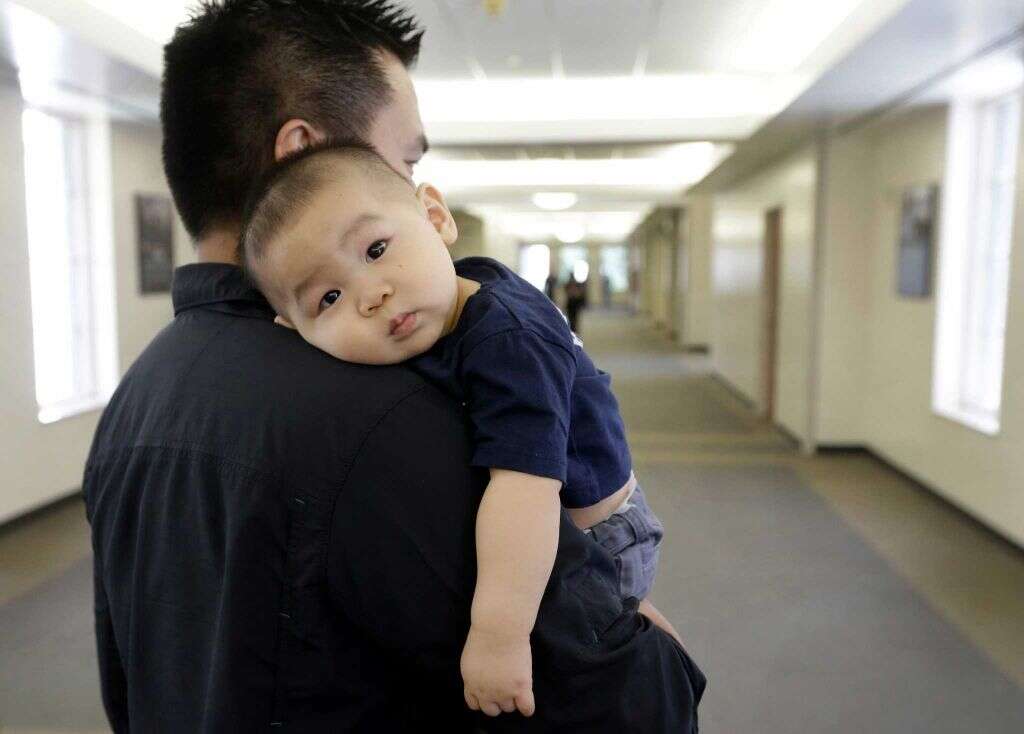
7. Who’s At Risk
Approximately 95% of all people with Kawasaki disease are below the age of 10. Those under the age of 5 are at a particularly high risk of developing the disease, with these accounting for around 75% of all cases. Boys are also a little more likely to develop Kawasaki disease than girls are.
It is not thought that the disease is inherited. However, there is evidence that there is a higher risk of catching the disease if there is a history of it in the patient’s family. Children of certain ethnic backgrounds are also more likely to get it, particularly those that originate from Korea and Japan.

8. Diagnosis
The doctor will want to ask about the patient’s symptoms, and they may wish to perform a brief physical exam. Without a single test that can confirm a diagnosis of Kawasaki disease, doctors will instead need to reach a diagnosis by process of elimination. This means performing tests that can identify other potential causes of the disease in order to help rule them out.
Tests will often involve blood tests that can help look for signs of Kawasaki disease, as well as other potential causes. An electrocardiogram may also be used to help look for conditions with the patient’s heart. Looking for a substance known as B-type natriuretic peptide can also help doctors to narrow in on the diagnosis.
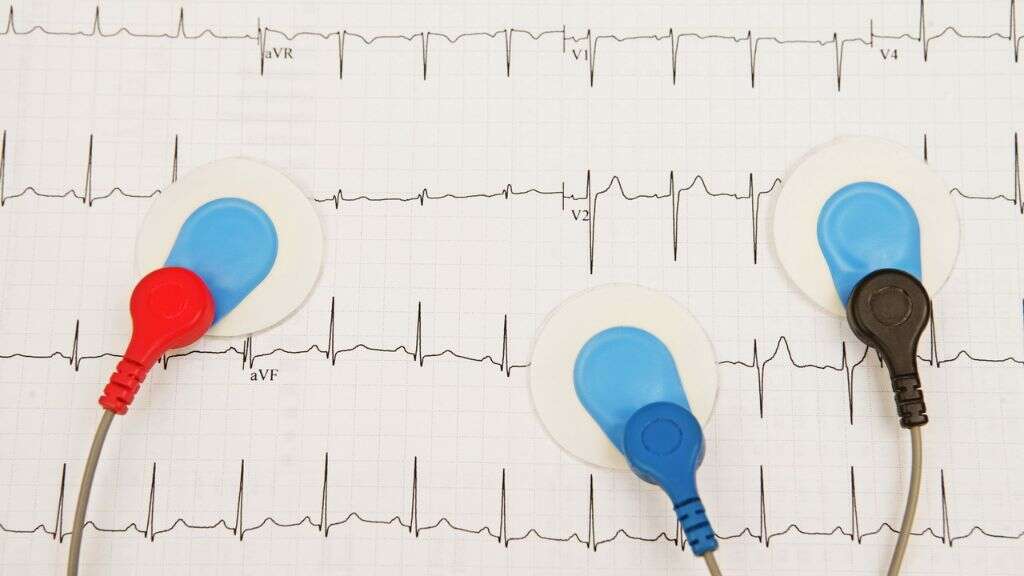
9. Initial Treatment
The sooner treatment of Kawasaki disease begins the better, and the patient will often be hospitalized where they can be monitored closely. This will help to prevent the condition from causing any permanent damage to the heart. This will often involve the use of aspirin to help reduce inflammation, pain, and to reduce the fever.
It is important to note that it is usually recommended to not give aspirin to children. Another potential treatment of Kawasaki disease is gamma globulin. In this treatment, the patient is intravenously injected with gamma globulin, which is a type of immune protein. This will help to reduce the likelihood that the patient will develop problems with their coronary artery.
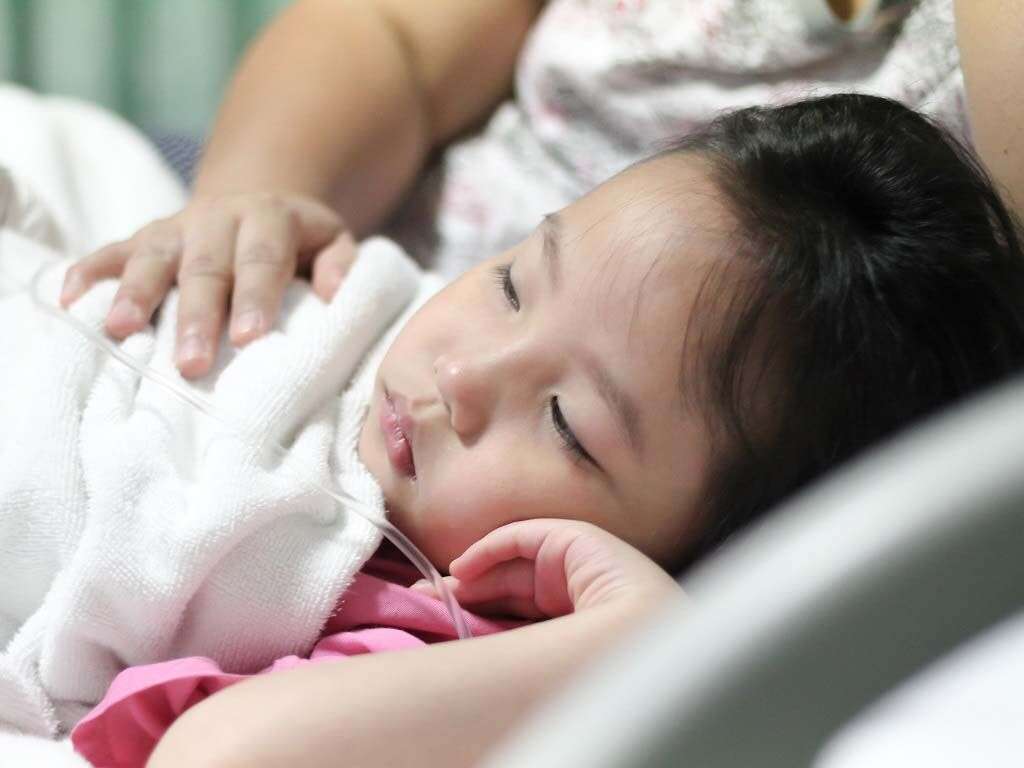
10. Ongoing Treatment
The patient is likely to be expected to continue taking aspirin for some time after the initial treatment. This is because aspirin acts as a blood thinner, and this means it will help to prevent further clotting. The patient should stop taking aspirin immediately if they contract chickenpox or the flu to help prevent a serious reaction.
If Kawasaki disease has caused heart problems then the patient will likely need to go to see a doctor for regular check-ups. Most heart conditions can at least be managed to help reduce the severity of the symptoms and help to keep the patient safe. The patient may also need to make changes in their lifestyle.








